
Kombucha is a fermented tea. There are many foods and drinks that you consume which are fermented such as ginger beer, and sorrel at Christmas time, yogurt, sourdough bread, cheese, wine, sauerkraut, kimchi, and if you’re saying right now, that you don’t like any of those things, there are also foods which must go through a fermentation phase to taste “right” to us. An example of this would be table olives which must be fermented to remove their bitter taste.

Amelia (my granddaughter) loves kombucha and always has…..
Kombucha is good for our gut health because it is full of probiotics. It contributes to the quantity and diversity of the microorganisms of our microbiome (the flora and fauna in our intestines) which science is finding out, more and more, is critical to both physical and psychological health.
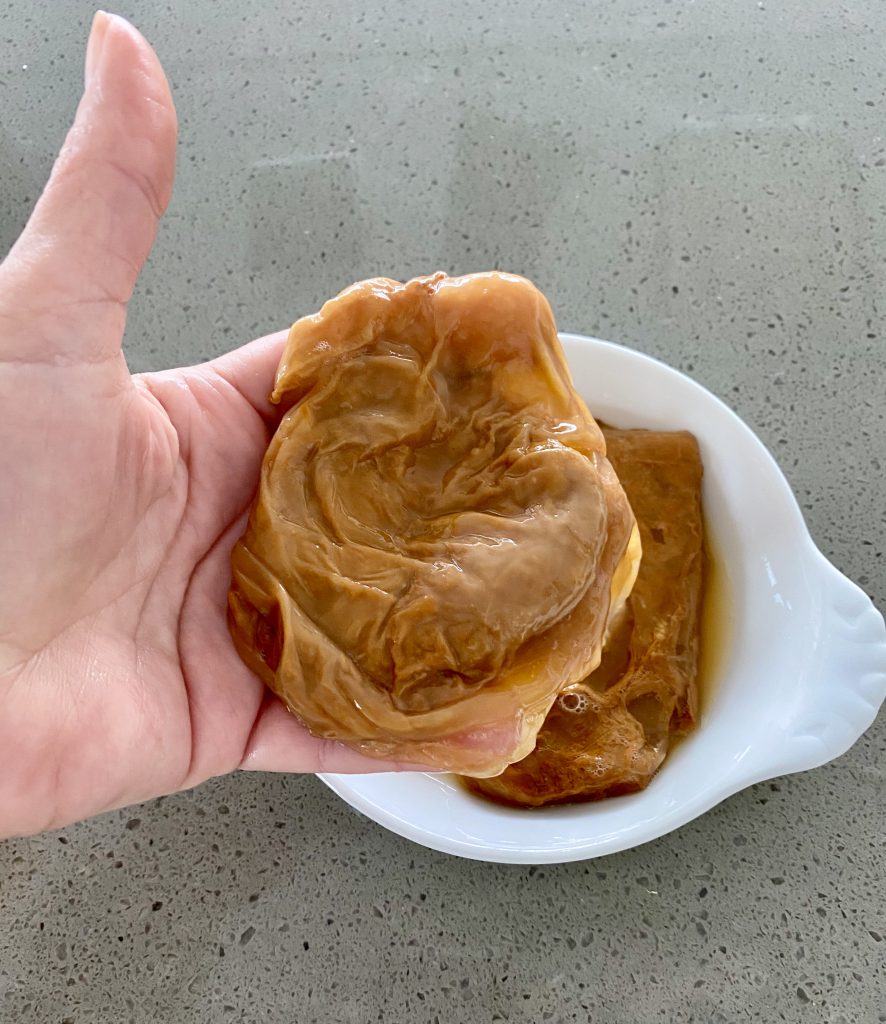
The photo above shows the SCOBY which stands for Symbiotic Culture of Bacteria and Yeast. This is what converts your sweetened tea to kombucha. SCOBY is now readily available from heath food shops and Amazon, but the most likely place will be from a friend. The reason is that SCOBY is a living organism and grows once it’s not resting in the fridge, so your friends will have SCOBY to give away. It truly is the coolest thing.

There are 2 fermentations phases usually. The first is the making of the sweetened tea (just over a week) and the second where your kombucha is flavoured and put in airtight bottles to develop the fizz (4 days).
You can drink your kombucha after the first fermentation and it has all the goodness your body needs, but the addition, in the second fermentation, of a bit of fizz and flavour, is great.
You will need
a large glass jar (4 litres, 7 pints)
airtight bottles of the sort shown below
Ingredients
SCOBY
6 strong black tea bags
1 cup sugar
Start by making a strong tea with roughly a kettle’s worth of water. Make it in a saucepan, as it will need to cool a bit before putting in the glass jar. The tea must be strong but not “stewed.”

Once you’ve removed the tea bags, add the cup of sugar and make sure it dissolves. I do this when the tea is still hot so it’s easier.
Those who know me will be wondering at the sugar and the fact that it is fine white sugar….the worse for a diabetic. The reason is that the SCOBY converts the sugar to alcohol during the process and it doesn’t cause any blood sugar spikes with the amount I drink daily.

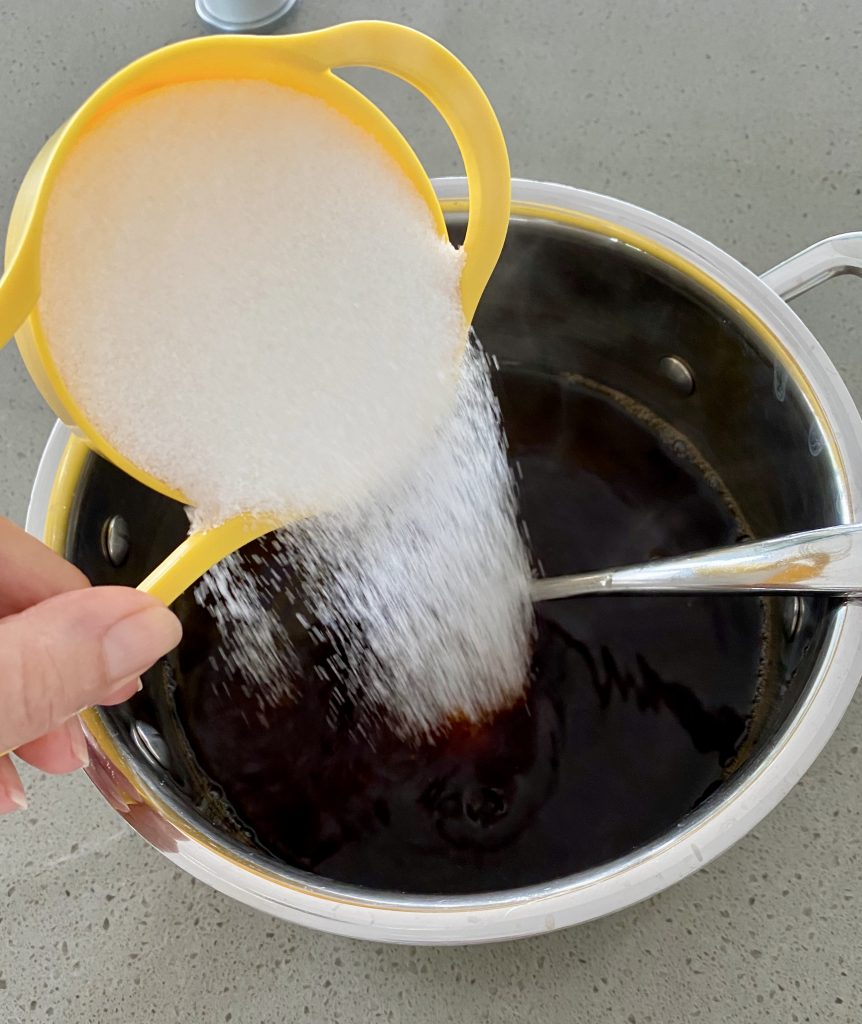
Pour some plain water into your waiting glass jar so that when you pour in your tea it doesn’t crack the glass. You can fill it almost to the top just leaving enough room for the SCOBY.
In the photo below you can see two SCOBY’s. The one below is the one I bought from a commercial supplier and it is quite dense so has sunk to the bottom. The one at the top is what has grown from it over a period of some weeks. If your SCOBY sinks to the bottom and never floats up again, it may be dead. It can take a few days though especially if you’ve kept it in the fridge waiting to make a new batch. Remember they are live and when in the fridge they go to sleep so sometimes it takes a while to revive.

Part of the fermentation process involves the conversion of sugar to alcohol, but typically kombucha has less that 0.5% alcohol content. Home brewed may be more, as the process is not so specific and dependent upon your taste and the length of time you ferment for.
It is wise to cover your first brew with a permeable cover just to protect it from dust etc. I use paper coffee filters which I write the date on, but you could use a muslin for example. The paper filters are amazingly resilient and can be used over and over, with the old date scratched out and the new entered below.
It is critical to write the date somewhere when the first fermentation starts, especially if you have staggered brews going at the same time. It can get confusing believe me.
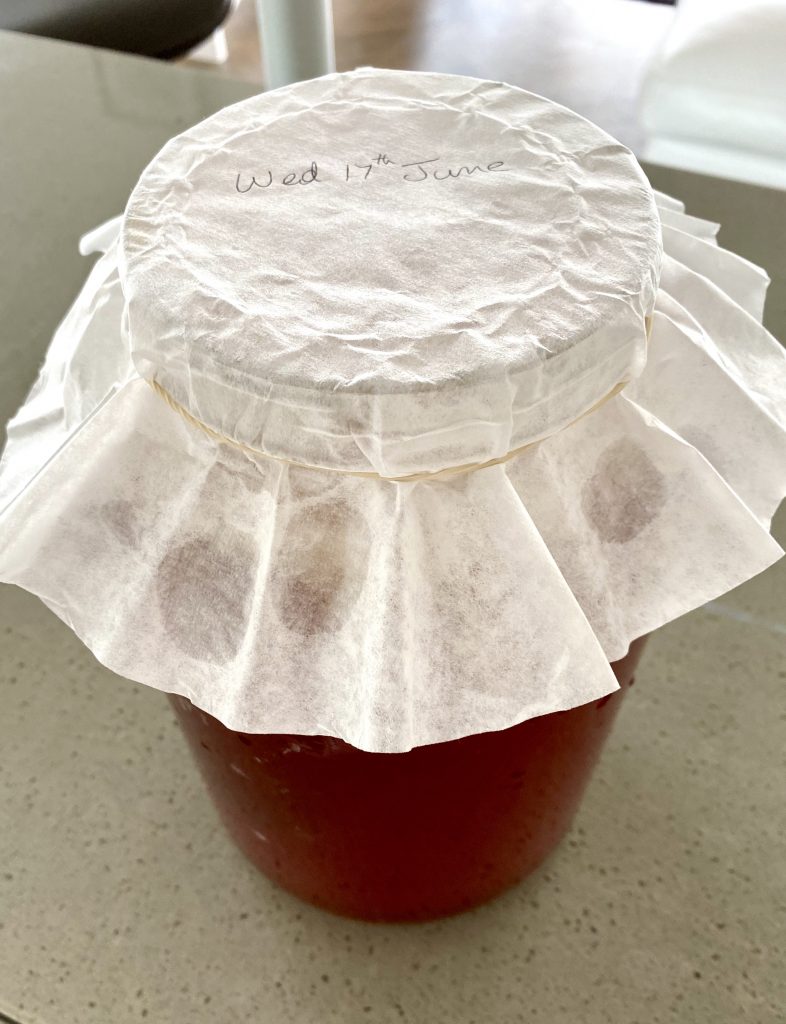
When your “brew” has sat quietly in a cupboard somewhere (in the UK I use the cupboard the boiler is in) for a minimum of 8 days, take it out and have a taste. You do this by pushing aside the SCOBY and using a clean spoon. What you’re looking for is a taste which is no longer just sweet tea but certainly not vinegar. I wish I could be more specific but sadly this part is just a process of trial and error. As a good rule I would say 8 days in warm climates, 9 or 10 in temperate.
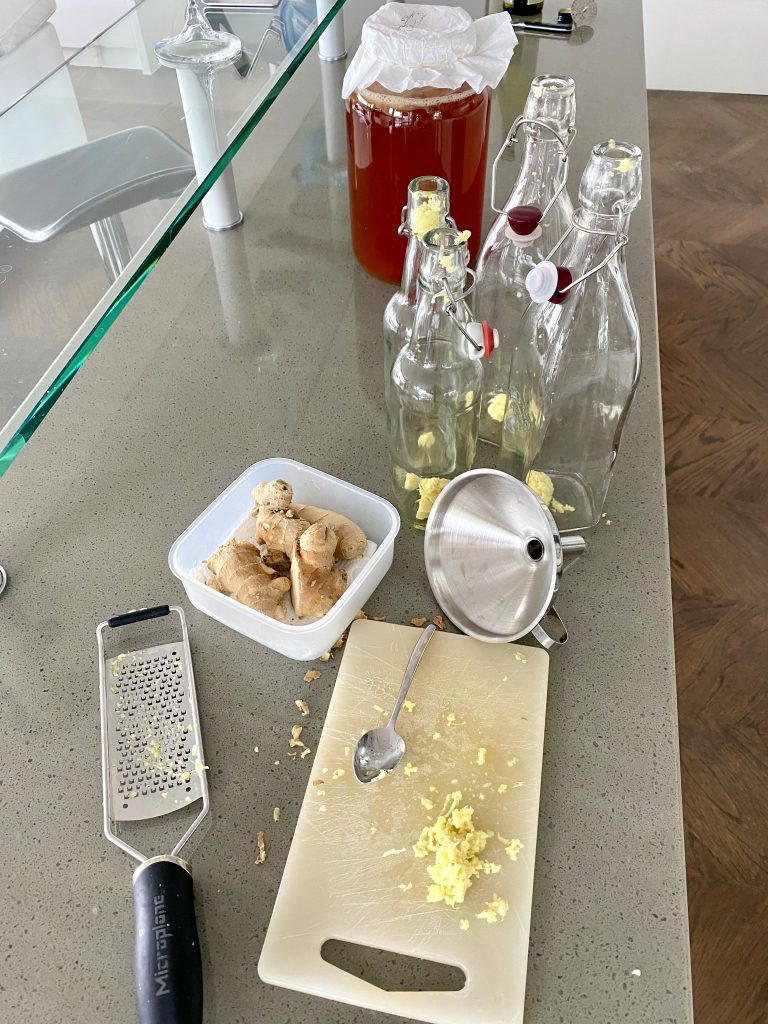
When your first fermentation is complete, prepare whatever you want to flavour your finished product with. My family likes ginger best, so I use roughly a teaspoon of finely grated ginger root in each bottle. I’ve tried summer berries, mango, citrus, prunes and vanilla, celery…..its endless really. You could go on to the second fermentation without flavouring at all….

With freshly washed hands, take the SCOBY out of the large glass jar and place in a clean bowl nearby. Share the kombucha between the waiting bottles. Place them back in the quiet cupboard alongside the first brew and give them 4 days quiet time.
Can you see the cycle?
- first fermentation with SCOBY in large jar (8 to 10 days)
- second fermentation in stoppered bottles (4 days)
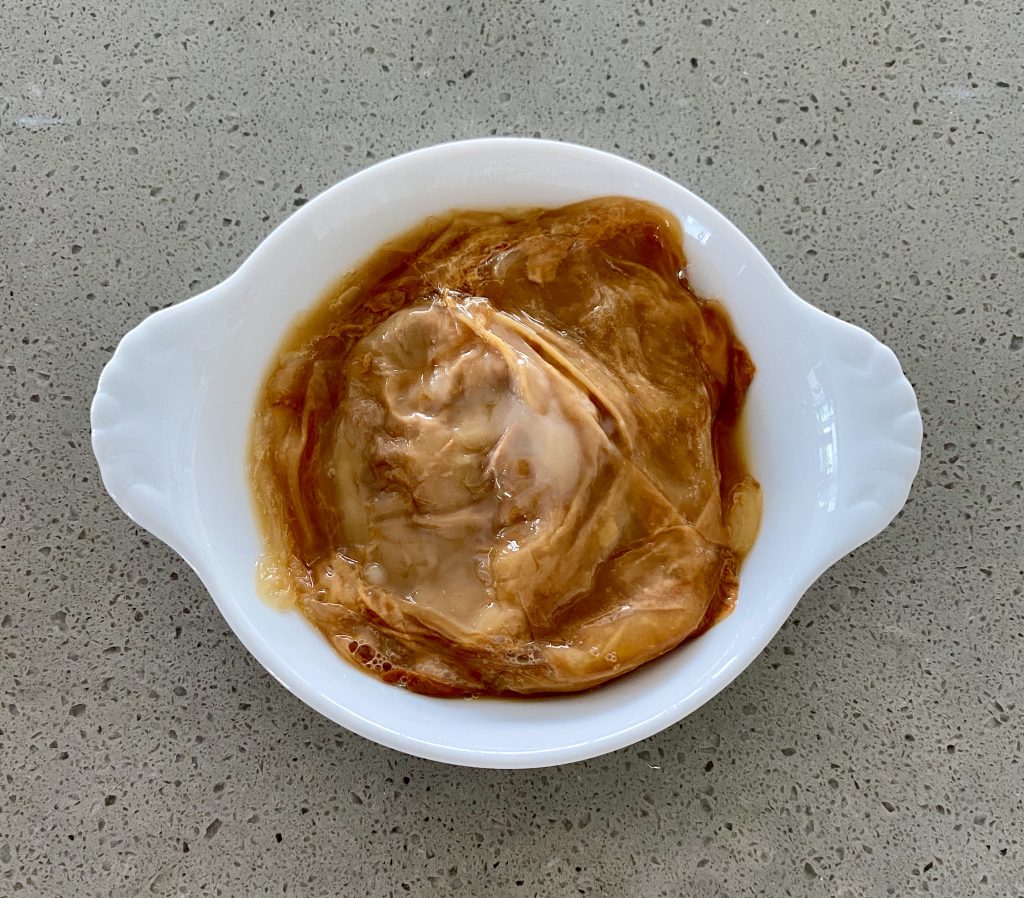
After 4 days and if your bottles are in fact airtight you will be rewarded with a champagne like pop upon opening them. A word of caution though, please only use really strong bottles as the build up of Carbon Dioxide (which causes the fizz) can result in the explosion of the bottle. This has happened to me and it was scary and potentially very dangerous.


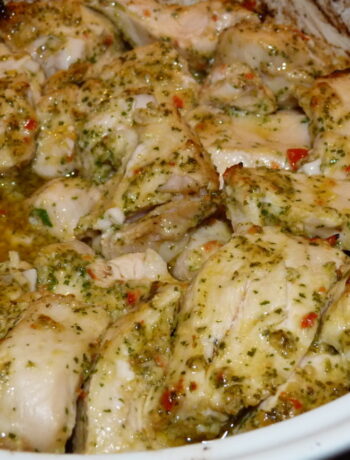


No Comments